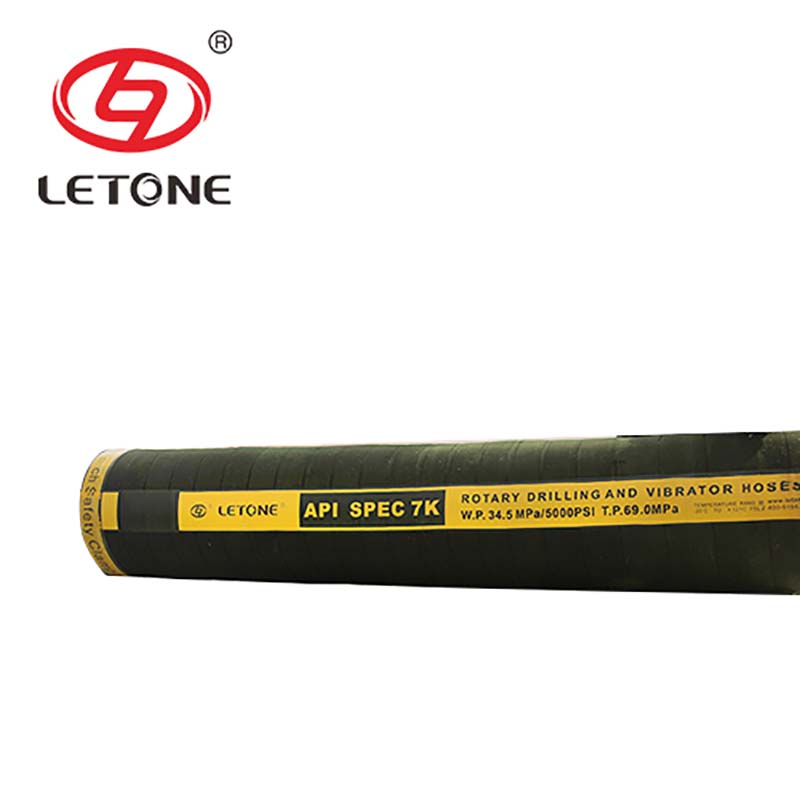Rubber hardness is an important property that affects the performance of rubber products. Blending different rubber materials can impact the hardness of the final product. In this article, we will discuss the impact of different blending rubber materials on hardness and their applications.

One of the most commonly used blending rubber materials is SBR (Styrene Butadiene Rubber). SBR has good tensile strength, abrasion resistance, and low-temperature flexibility. When blended with natural rubber, SBR can increase the hardness of the final product. SBR blended rubber products are commonly used in tire treads, conveyor belts, and footwear.
Another blending rubber material is EPDM (Ethylene Propylene Diene Monomer). EPDM has excellent weather and ozone resistance, as well as good chemical resistance. When blended with other rubbers, such as SBR or natural rubber, EPDM can lower the hardness of the final product. EPDM blended rubber products are commonly used in automotive weatherstripping, construction seals, and roofing membranes.
Nitrile rubber (NBR) is another blending material that can impact the hardness of rubber products. NBR has good oil and fuel resistance, as well as good compression set properties. When blended with other rubbers, such as SBR or natural rubber, NBR can increase the hardness of the final product. NBR blended rubber products are commonly used in fuel hoses, gaskets, and seals.
In addition, silicone rubber can also be used as a blending material to impact hardness. Silicone rubber has excellent high-temperature resistance and electrical insulation properties. When blended with other rubbers, such as natural rubber or EPDM, silicone rubber can lower the hardness of the final product. Silicone rubber blended products are commonly used in silicone tubing, seals, and gaskets.
In summary, the choice of blending rubber materials can impact the hardness of the final product and its performance. SBR can increase the hardness, while EPDM, NBR, and silicone rubber can lower the hardness of rubber products. Understanding the properties and applications of each blending material can help in selecting the optimal material for your specific rubber product needs. <br/>